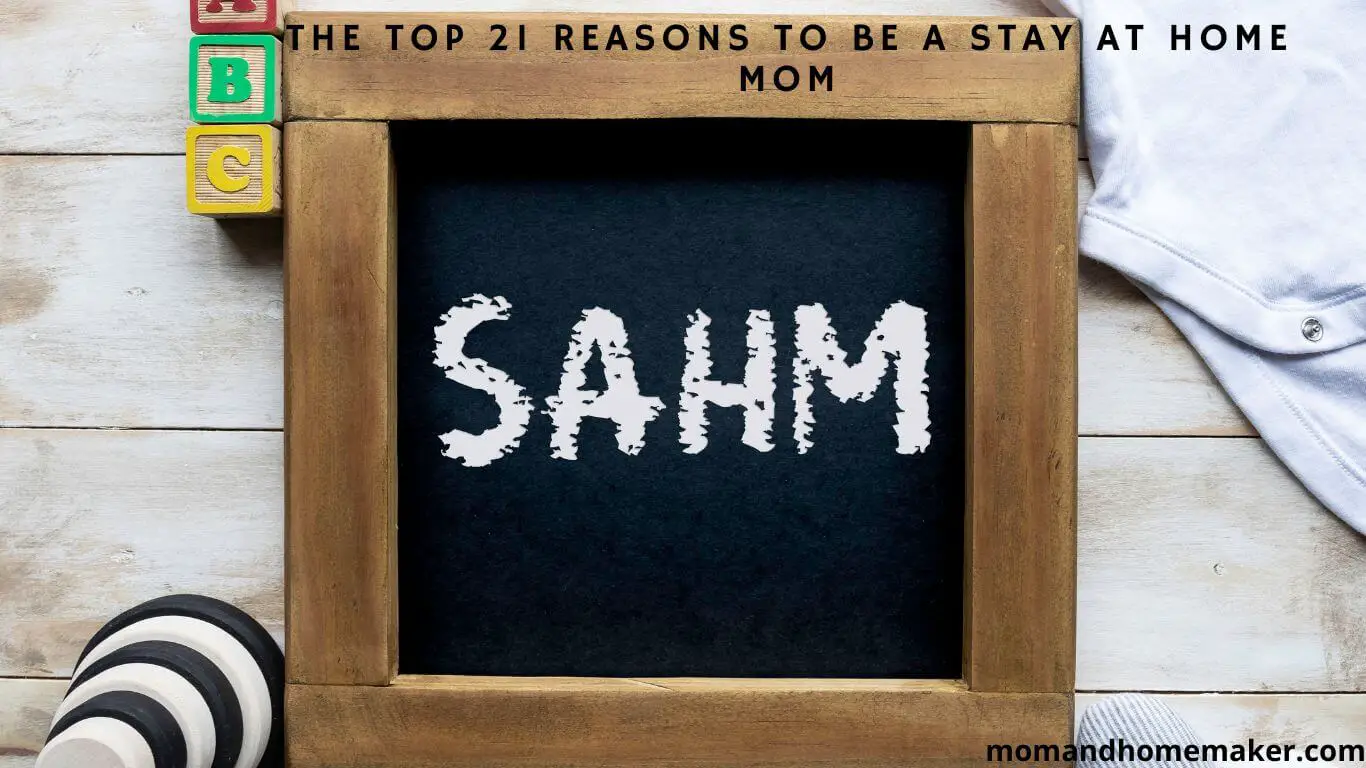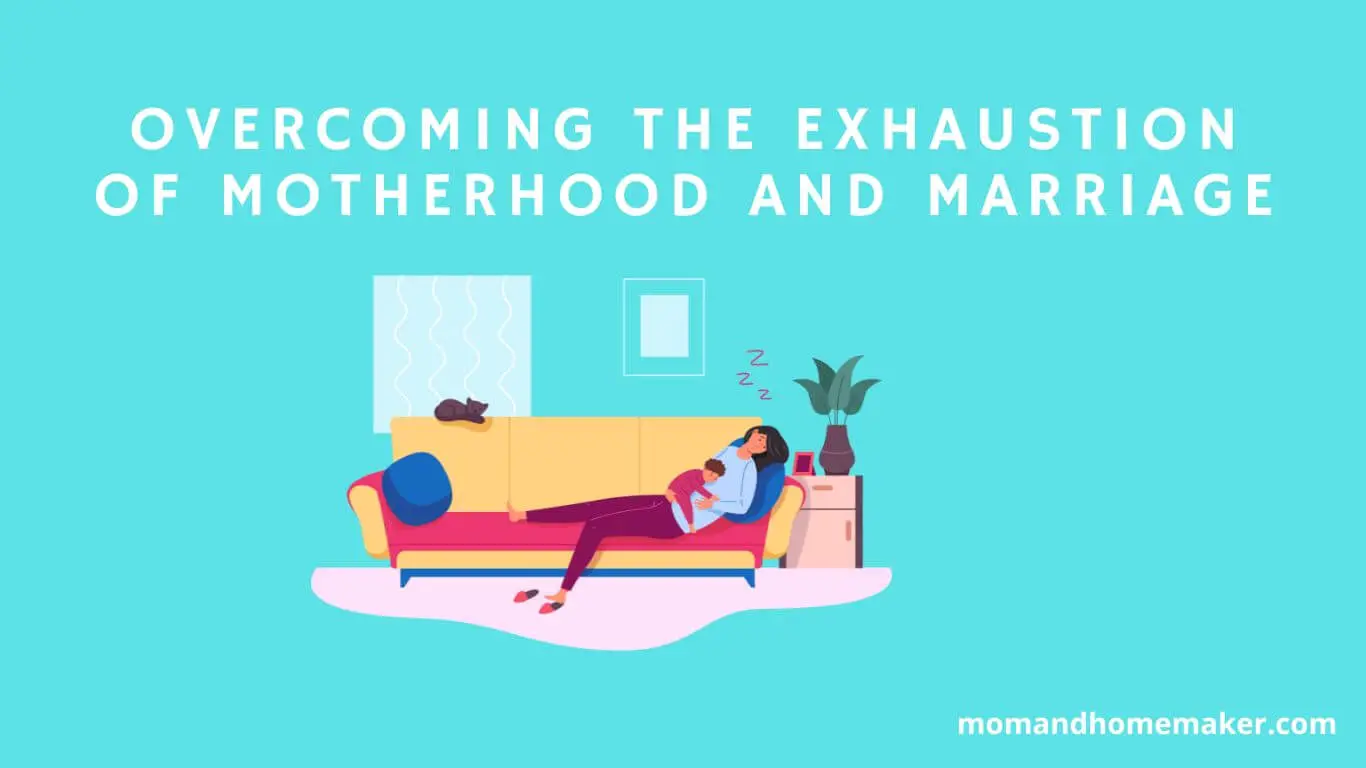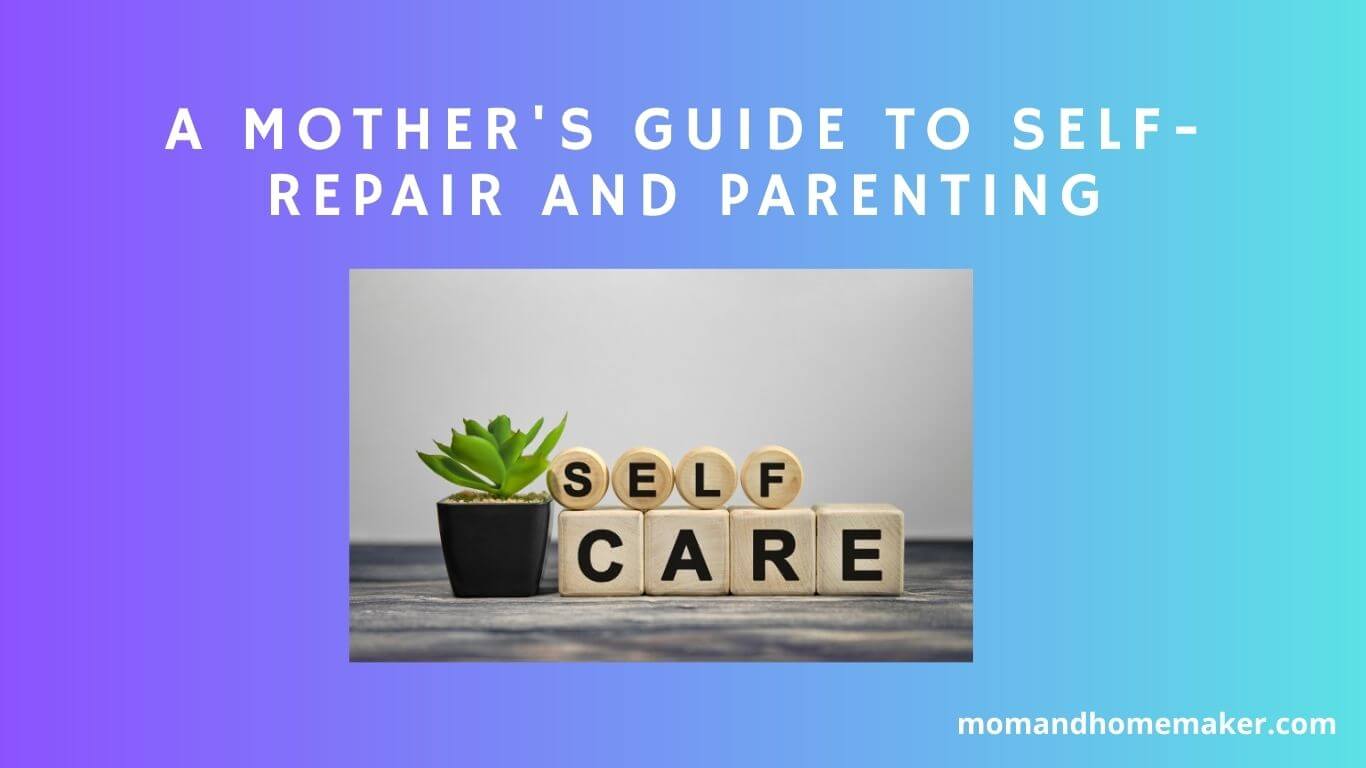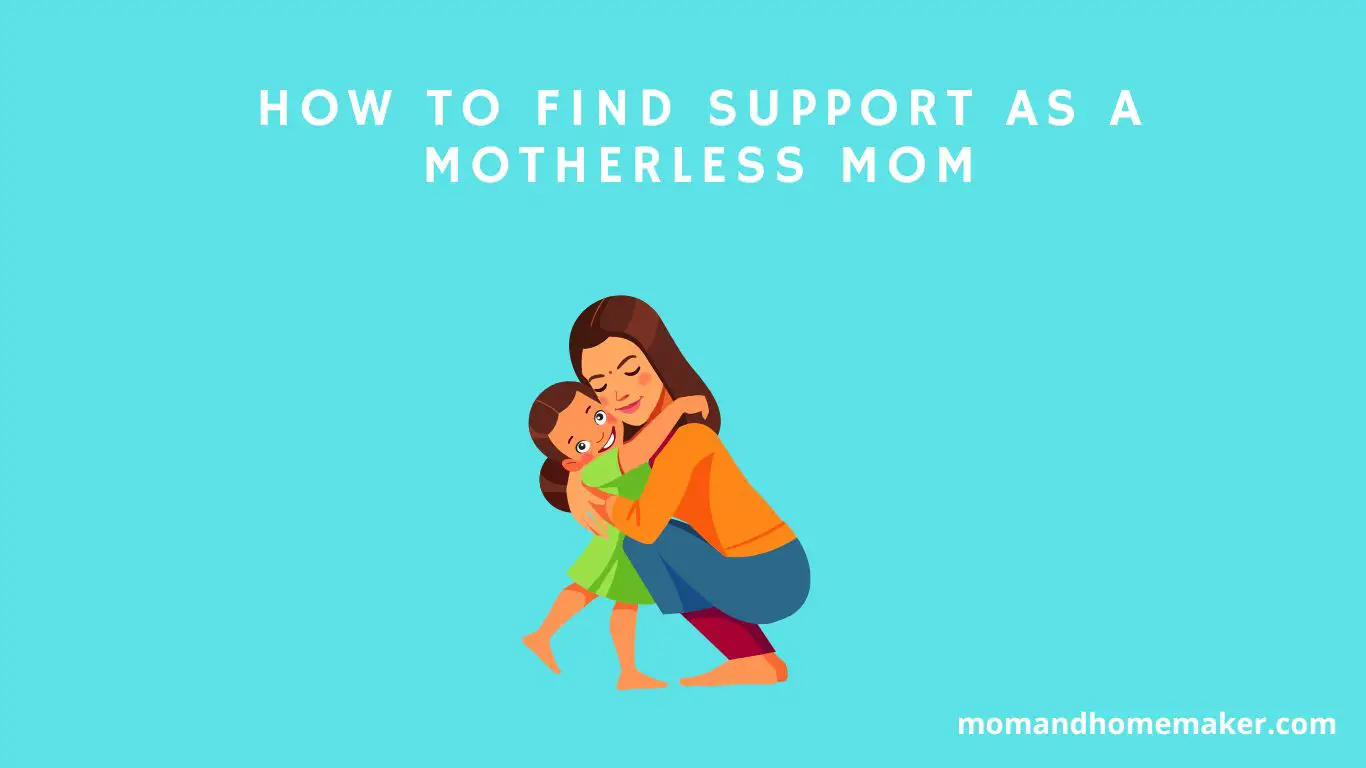Have you ever wondered how many wives choose to stay at home?
The decision to be a stay-at-home mom is influenced by different factors, giving us insight into modern family dynamics.
Let’s delve into the statistics and trends that show the landscape of stay-at-home motherhood today.
Stay-at-Home Moms: A Demographic Overview
When looking at the demographics of stay-at-home moms, it’s important to consider factors like age, education level, and location. Many women decide to leave their jobs to focus on their families, taking on the primary caregiver role. This choice can be influenced by a desire to be more hands-on with their children or to support their partner’s career.
Age plays a significant role in this decision. Younger mothers may prioritize staying at home to raise their children during crucial developmental stages, while older mothers who’ve established careers may choose to stay at home later in life.
Education level is also a factor, as women with higher education may feel societal pressure to continue working or may have career goals that keep them in the workforce.
Geographical location can also influence the choice to become a stay-at-home mom. Cultural norms and expectations vary, impacting women’s decisions about work. Understanding these demographic factors is key to understanding the diverse roles that stay-at-home moms play in society.
Historical Trends in Stay-at-Home Moms
Exploring the historical trends in stay-at-home moms uncovers shifts in societal perceptions and economic dynamics that have influenced women’s choices as primary caregivers. In the past, there was a strong expectation for women to stay at home and care for their families while men served as the primary breadwinners.
This expectation was deeply rooted in cultural beliefs that highlighted the significance of women’s domestic roles in maintaining family harmony.
As time passed, cultural changes began to challenge these traditional norms. The feminist movement in the 20th century played a key role in reshaping how women perceived themselves and their roles in society.
Women began seeking equal opportunities in the workforce, leading to a gradual decrease in the number of stay-at-home moms. With more women pursuing careers outside the home, societal expectations regarding women’s roles started to shift.
These cultural transformations brought about a change in the perception of stay-at-home motherhood. While some women continued to choose this path, others felt empowered to explore different opportunities beyond conventional family roles.
Economic factors also played a significant role in these trends, as the increasing cost of living made it necessary for many families to have dual-income households.
Overall, the historical trends in stay-at-home moms reflect a complex interplay between societal expectations, cultural shifts, and economic realities that have influenced women’s decisions over time.
Factors Influencing Stay-at-Home Choices
Factors like cultural norms, financial situations, and personal choices play a significant role in the decision-making process for women considering staying at home to care for their children.
- Cultural and Societal Expectations: Many societies prioritize family values and view women as primary caregivers. This cultural pressure often leads women to prioritize their family’s well-being over their careers, influencing their decision to stay at home and take care of their children and household.
- Personal Preferences and Career Goals: Some women have a strong desire to be actively involved in raising their children and managing their homes, aligning with their values. Others may have ambitious career aspirations but choose to stay at home temporarily to focus on their children during their early years.
- Financial Considerations: Economic factors play a crucial role in the decision-making process. The cost of childcare, potential loss of income, and career progression are essential factors that make staying at home a feasible option for some families. Achieving economic stability and balancing work and home responsibilities are key considerations for women choosing to become stay-at-home moms.
Percentage of Stay-at-Home Moms by Age
Stay-at-home moms come from a wide range of age groups in various demographics. The choice to stay at home is often influenced by factors like income and where they live.
Income level plays a role in the age diversity of stay-at-home moms. Younger mothers may opt to stay at home when their kids are babies, while older moms might decide to focus more on their families once their careers are established.
In households with lower incomes, younger moms might stay at home due to the high cost of childcare, whereas older moms in higher-income brackets may have the financial freedom to make that choice.
Geographic location also affects the age distribution of stay-at-home moms. In urban areas with higher living costs, younger moms may choose to stay at home to avoid pricey childcare services. On the other hand, in rural areas, older moms might stay at home to support their families in agricultural or small-town settings.
Understanding the age demographics of stay-at-home moms based on income and location can help tailor support systems and policies to meet the diverse needs of moms in different age groups.
Stay-at-Home Moms by Educational Background
Income level and geographic location play a significant role in shaping the age diversity of stay-at-home moms. Now, let’s shift our focus to explore the educational backgrounds of these mothers.
When we consider the educational attainment of stay-at-home moms, several factors come into play:
- Educational Attainment: A stay-at-home mom’s level of education can influence her decision to leave the workforce. Higher education may open up more job opportunities that align with her career goals. However, societal norms and gender expectations can sometimes lead women with advanced degrees to prioritize family over work.
- Employment Opportunities: Stay-at-home moms with lower educational backgrounds may encounter limited job options that offer flexibility or adequate pay to support their families. This can result in a preference for staying at home to care for children and manage household responsibilities.
- Gender Roles, Societal Expectations: Traditional gender roles and societal expectations can heavily impact a woman’s choice to be a stay-at-home mom in certain cultures or communities. These expectations may conflict with career aspirations, especially for women with higher educational achievements.
Understanding the educational backgrounds of stay-at-home moms sheds light on the intricate interplay between personal choices, societal norms, and economic factors that influence women’s decisions regarding work and family.
Marital Status and Stay-at-Home Moms
When we look at the prevalence of stay-at-home moms, understanding their marital status is key to gaining insights into their decision-making processes and family dynamics. The dynamics of marital status play a significant role in the choice to become a stay-at-home mom.
Social expectations often influence how women view their roles within the family, which can impact whether they opt to stay at home or pursue a career outside the home.
Marriage can create a supportive environment for women to decide to stay at home and focus on caregiving responsibilities.
The decision to become a stay-at-home mom is often linked to the dynamics within the marriage and the division of labor agreed upon by the couple. Sometimes, societal expectations and traditional gender roles can also influence this decision.
For many women, being married provides a sense of security and stability that allows them to prioritize staying at home with their children. The dynamics within the marriage, including the support and encouragement from their spouse, can significantly influence the choice to become a stay-at-home mom.
Understanding the complexities of marital status dynamics and societal expectations is crucial in comprehending the factors contributing to the prevalence of stay-at-home moms.
Stay-at-Home Moms in Urban Areas
Understanding the dynamics of stay-at-home moms in urban areas provides insights into how environmental factors influence their decision-making processes and family roles. In bustling cities, achieving work-life balance can be particularly challenging for mothers who opt to stay at home.
Here’s a glimpse into the world of stay-at-home moms in urban areas:
- Balancing Work and Life in Urban Settings: Urban areas present unique challenges for stay-at-home moms as they navigate household responsibilities amidst the fast-paced city life. Dealing with traffic, managing tight schedules, and coping with the high cost of living can add layers of complexity to their daily routines.
- Community Support and Resources: Despite the urban hustle and bustle, stay-at-home moms can access a variety of social support networks and community resources. From mothers’ groups to childcare services, these resources play a vital role in alleviating the challenges faced by moms who stay at home.
- Exploring Flexible Work Options and Networking: Urban environments offer a range of flexible work opportunities and networking avenues for stay-at-home moms seeking to re-enter the workforce or pursue entrepreneurial ventures. Engaging with local businesses, participating in networking events, and exploring remote work possibilities can open up new career growth prospects while balancing family responsibilities.
In the vibrant tapestry of urban life, stay-at-home moms navigate a dynamic landscape, finding ways to harmonize their roles within the family and the community.
Stay-at-Home Moms in Rural Areas
In the tranquil countryside, rural stay-at-home moms find comfort in the simplicity of their daily routines surrounded by nature’s vast beauty. Rural areas present unique challenges for stay-at-home moms compared to those in urban settings.
Limited access to healthcare facilities and educational opportunities in rural areas requires innovative solutions to meet their family’s needs. Despite facing transportation difficulties and long distances to essential services, rural stay-at-home moms benefit from the tight-knit communities that offer strong support networks.
The challenges of rural living can make daily life more demanding for stay-at-home moms, but the sense of community in rural areas is a source of strength. Neighbors often come together to assist each other, whether through carpooling to activities or sharing childcare responsibilities.
This community bond plays a vital role in alleviating the burdens faced by rural stay-at-home moms. Many of these moms appreciate the peaceful surroundings and close community ties that rural living provides, finding fulfillment in contributing to their families and communities.
Through mutual aid and shared experiences, rural stay-at-home moms navigate the challenges of rural life with resilience and grace. They embrace the beauty and purpose found in their everyday lives, embodying a spirit of service that defines their roles within their families and communities.
Stay-at-Home Moms: Ethnicity Breakdown
Diving into the diversity among stay-at-home moms, the ethnicity breakdown reveals the rich cultural tapestry shaping family dynamics in today’s society.
Understanding how cultural backgrounds influence the choice to be a stay-at-home mom offers valuable insights into the unique experiences and challenges faced by different ethnic groups.
Ethnicity Breakdown of Stay-at-Home Moms:
- Hispanic/Latina Stay-at-Home Moms: In the Hispanic community, the strong tradition of tight-knit families often leads more women to opt to stay at home to care for their children. Cultural values that prioritize family unity and support contribute to a higher proportion of Hispanic/Latina stay-at-home moms compared to other ethnicities.
- Asian American Stay-at-Home Moms: Among Asian Americans, the emphasis on education and parental involvement in their children’s academic success plays a significant role in the decision of many women to stay at home. The cultural belief in making sacrifices for the family’s betterment shapes the choices of numerous Asian American stay-at-home moms.
- African American Stay-at-Home Moms: While historically fewer in number compared to other groups, African American stay-at-home moms are influenced by cultural factors such as the importance of matriarchal roles and community support systems. Many African American women choose to create a nurturing and stable environment for their children while challenging societal norms.
Stay-at-Home Moms: Economic Factors
When women consider becoming stay-at-home moms, economic factors often heavily influence their decision-making process. It’s not just about personal preferences; the choice is also shaped by financial challenges and societal norms.
Many women must weigh the costs of childcare against their potential earnings from a job outside the home. Sometimes, the high cost of childcare makes it financially impractical for one partner to work, leading to the decision for one spouse to stay at home.
Societal expectations also play a significant role in this decision-making process. Traditional gender roles often expect women to be the primary caregivers and homemakers, while men are expected to be the primary breadwinners.
These expectations can create pressure for women to stay at home, even if they desire a career. Balancing personal aspirations with societal norms can be difficult, leaving many women grappling with conflicting pressures.
Considering the economic implications and societal expectations is crucial when deciding to become a stay-at-home mom. Understanding the financial impact and cultural norms can help make an informed decision that aligns with personal values and long-term goals.
Stay-at-Home Moms: Impact on Family Dynamics
When one spouse decides to become a stay-at-home mom, it can have a significant impact on family dynamics, shaping the overall household structure and relationships in various ways. Let’s explore three key aspects of how this decision can influence a family:
- Balancing Work and Life: With one partner staying at home as a full-time caregiver, the family can better balance work and personal life. This arrangement allows the working spouse to focus on their career while ensuring that the home responsibilities are taken care of, leading to a more harmonious and less stressful household environment.
- Challenging Gender Norms: Opting for one partner to be a stay-at-home mom can challenge traditional gender roles within the family. It encourages discussions about how tasks and responsibilities are divided, promoting a fair distribution based on skills and preferences rather than societal expectations.
- Managing Household Duties: When a mom stays at home, she often takes on the majority of household tasks like cooking, cleaning, and childcare. This setup can result in a more organized and efficient running of the household, facilitating smoother daily routines and fostering stronger family bonds through shared activities and quality time spent together.
The Future of Stay-at-Home Motherhood
The landscape of family dynamics is changing, leading to transformations in the role of stay-at-home motherhood. Looking ahead, we must consider how workforce participation impacts the prevalence of stay-at-home moms.
There’s a noticeable cultural shift towards gender equality and women’s empowerment in the workforce, reshaping the traditional view of women as sole homemakers.
The future of stay-at-home motherhood is likely to witness a continued decline in the number of wives opting to stay at home full-time. As more women pursue careers and engage in the workforce, family dynamics are evolving.
This shift is influenced not only by economic factors but also by a desire for personal growth and fulfillment.
It’s crucial to respect the deeply personal decision to be a stay-at-home mom. While societal trends suggest a decrease in this choice, there will always be individuals who find fulfillment and joy in dedicating themselves to their families full-time.
As we navigate these changes, supporting all choices, whether focused on career or caregiving, is essential for fostering a more inclusive and understanding society.
Conclusion
When we consider the wide range of stay-at-home moms, we see a diverse array of choices, challenges, and joys.
From the peaceful moments of morning cuddles to the lively chaos of dinner time, these mothers infuse love and dedication into their families’ daily lives.
Each one represents a unique part of the intricate tapestry of motherhood, contributing to a beautiful masterpiece of home and heart.












